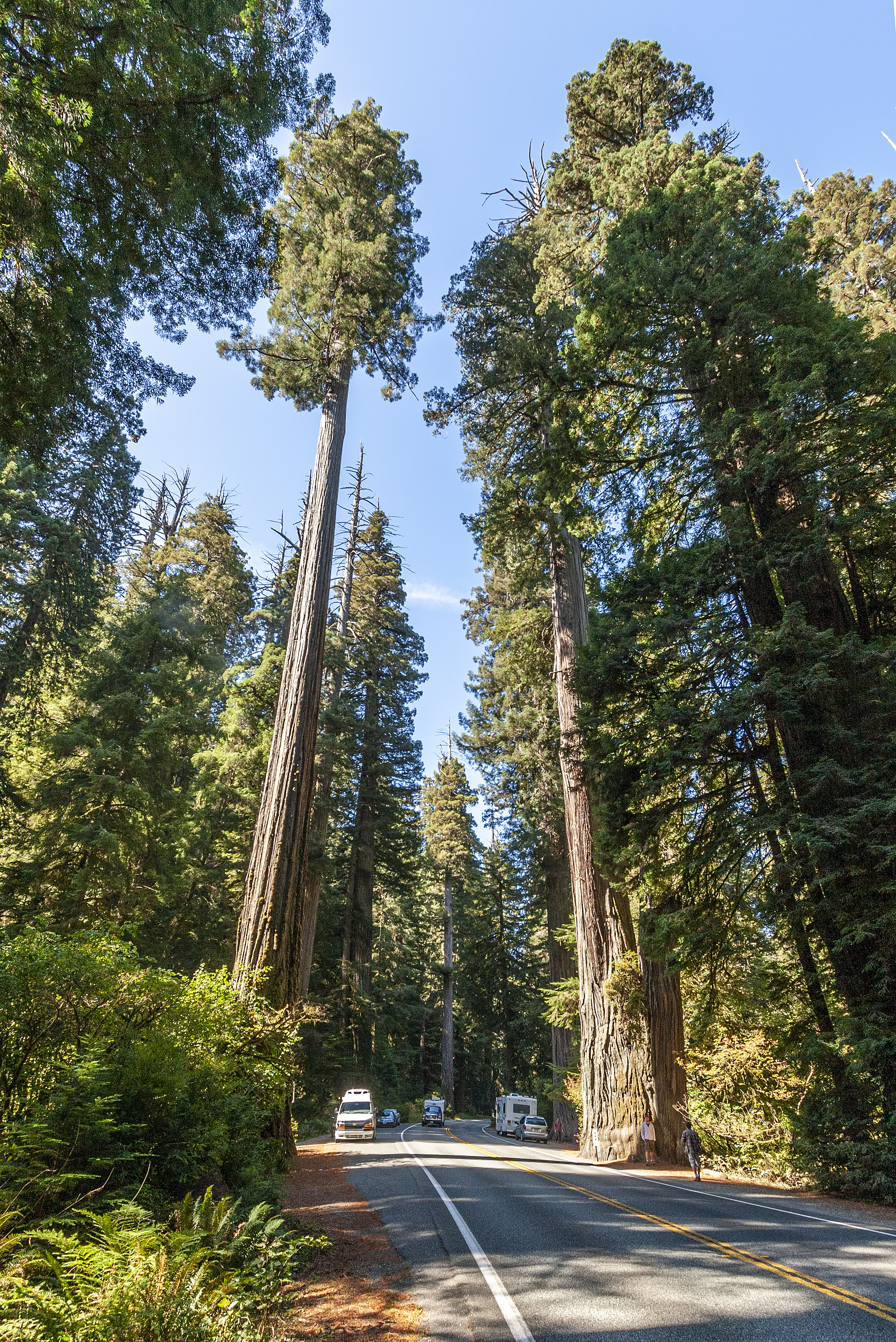|
Stauntonia Crassifolia
''Stauntonia crassifolia''Christenh., 2012 ''In: Curtis's Bot. Mag. 29 (3): 267'' is a plant in the family Lardizabalaceae Lardizabalaceae is a family (biology), family of flowering plants. The family has been universally recognized by taxonomists, including the APG II system (2003; unchanged from the APG system of 1998), which places it in the order Ranunculales, .... The native range of this species is Myanmar. It is a subshrub and grows primarily in the subtropical biome. References crassifolia Plants described in 2012 Endemic flora of Myanmar {{Ranunculales-stub ... [...More Info...] [...Related Items...] OR: [Wikipedia] [Google] [Baidu] |
Plant
Plants are the eukaryotes that form the Kingdom (biology), kingdom Plantae; they are predominantly Photosynthesis, photosynthetic. This means that they obtain their energy from sunlight, using chloroplasts derived from endosymbiosis with cyanobacteria to produce sugars from carbon dioxide and water, using the green pigment chlorophyll. Exceptions are parasitic plants that have lost the genes for chlorophyll and photosynthesis, and obtain their energy from other plants or fungi. Most plants are multicellular organism, multicellular, except for some green algae. Historically, as in Aristotle's biology, the plant kingdom encompassed all living things that were not animals, and included algae and fungi. Definitions have narrowed since then; current definitions exclude fungi and some of the algae. By the definition used in this article, plants form the clade Viridiplantae (green plants), which consists of the green algae and the embryophytes or land plants (hornworts, liverworts ... [...More Info...] [...Related Items...] OR: [Wikipedia] [Google] [Baidu] |
Lardizabalaceae
Lardizabalaceae is a family (biology), family of flowering plants. The family has been universally recognized by taxonomists, including the APG II system (2003; unchanged from the APG system of 1998), which places it in the order Ranunculales, in the clade eudicots. The family consist of 7 genera with about 40 known species of woody plants. All are lianas, save ''Decaisnea'', which are pachycaul shrubs. The leaf, leaves are alternate, and compound (usually palmate), with pulvinate leaflets. The flowers are often in drooping racemes. They are found in eastern Asia, from the Himalayas to Japan, with the exception of the genera ''Lardizabala'' and ''Boquila'', both native to southern South America (Chile, and ''Boquila'' also in adjacent western Argentina). The extinct genus ''Kajanthus'' is known from the Early Cretaceous of Portugal. Genera References External links * Lardizabalaceae in the ''Flora of North America''Lardizabalaceae in the ''Flora of China''links at CSDLChi ... [...More Info...] [...Related Items...] OR: [Wikipedia] [Google] [Baidu] |
Stauntonia
''Stauntonia'' is a genus of flowering plants in the family Lardizabalaceae. It is named after Sir George Staunton, 2nd Baronet, George Staunton, who brought it to United Kingdom, Britain from China in the 19th century. Species Species accepted by the Plants of the World Online as of March 2023: *''Stauntonia angustifolia'' *''Stauntonia brachyandra'' *''Stauntonia brunoniana'' *''Stauntonia cavalerieana'' *''Stauntonia chapaensis'' *''Stauntonia chinensis'' *''Stauntonia conspicua'' *''Stauntonia coriacea'' *''Stauntonia crassifolia'' *''Stauntonia decora'' *''Stauntonia duclouxii'' *''Stauntonia filamentosa'' *''Stauntonia grandiflora'' *''Stauntonia hexaphylla'' *''Stauntonia latifolia'' *''Stauntonia libera'' *''Stauntonia linearifolia'' *''Stauntonia maculata'' *''Stauntonia medogensis'' *''Stauntonia obcordatilimba'' *''Stauntonia obovata'' *''Stauntonia obovatifoliola'' *''Stauntonia oligophylla'' *''Stauntonia parviflora'' *''Stauntonia pterocaulis ... [...More Info...] [...Related Items...] OR: [Wikipedia] [Google] [Baidu] |
Plants Described In 2012
Plants are the eukaryotes that form the kingdom Plantae; they are predominantly photosynthetic. This means that they obtain their energy from sunlight, using chloroplasts derived from endosymbiosis with cyanobacteria to produce sugars from carbon dioxide and water, using the green pigment chlorophyll. Exceptions are parasitic plants that have lost the genes for chlorophyll and photosynthesis, and obtain their energy from other plants or fungi. Most plants are multicellular, except for some green algae. Historically, as in Aristotle's biology, the plant kingdom encompassed all living things that were not animals, and included algae and fungi. Definitions have narrowed since then; current definitions exclude fungi and some of the algae. By the definition used in this article, plants form the clade Viridiplantae (green plants), which consists of the green algae and the embryophytes or land plants (hornworts, liverworts, mosses, lycophytes, ferns, conifers and other gymnosperm ... [...More Info...] [...Related Items...] OR: [Wikipedia] [Google] [Baidu] |

